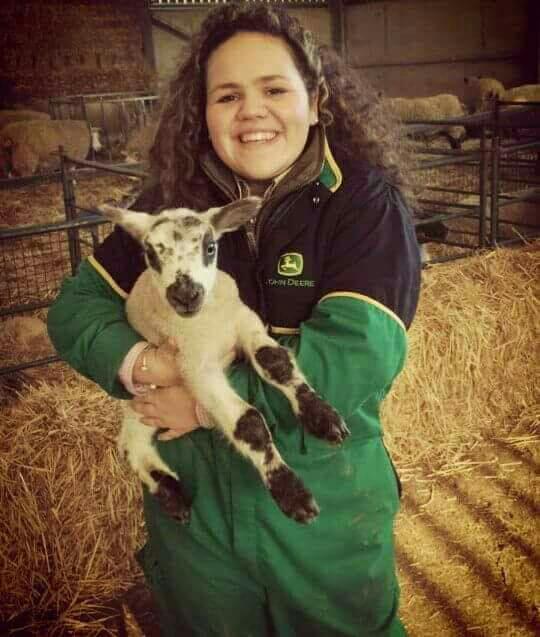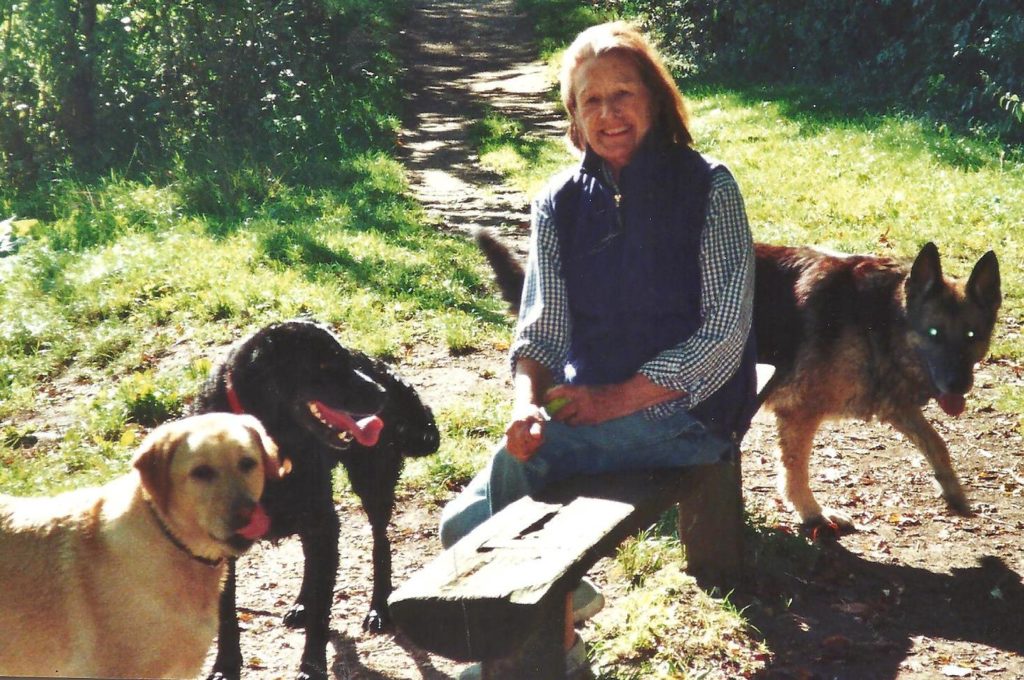
Canada. Department of Indian Affairs and Northern Development. Library and Archives Canada, C-043147 /
When I was at school in the library there was a book that was written by a Red Indian who went by the name of Grey Owl. If I remember correctly, I looked through the book on a couple of occasions but did not read it thoroughly. To be truthful, I did not really think of Grey Owl until 1999 when the Richard Attenborough movie of the same name was released with Pierce Brosnan in the title role. That was until a few days ago when I wandered into the Arcade as again, I was looking to purchase presents for one of my children. It was as I was looking around the book section which is partially hidden under Rafter’s Café, that I found what appeared to be a slim scrapbook with the name Grey Owl written in the top right hand corner.
This mystified me slightly so I opened it up and found that the scrapbook was full of newspaper and magazine cuttings about Grey Owl.
They initially reported his death in April 1938 but other cuttings were far more acidic as after investigations it was found that Grey Owl did not have North American Indian ancestry as he claimed, but was plain old Archie Belaney from Hastings. This did not come as a surprise to me as every so often the story of Grey Owl would spring up in newspaper articles usually during the silly season when there was not much else to write about.
There was also a huge exhibition in London in the mid -seventies and his name was mentioned in passing at the time. I had always liked Red Indians (or Native Americans as I believe they are called now) and in my misspent youth, I read a number of books about them.
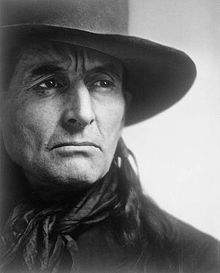 I can remember the movie Soldier Blue (1970) which dealt with the 1864 Sand Creek massacre as well as Dee Brown’s magnificent book Bury my Heart at Wounded Knee which was also published in 1970. But there was very little written about Grey Owl, it seemed in a way that his reputation had been so damaged by the revelations after his death that people did not treat him seriously. As I have noted, he was the subject of newspaper and magazine articles but was treated to some extent as a curious character. An imposter from Hastings. But Archie Belaney/Grey Owl was a much more interesting character than that and his story is so incredible that it would be hard to make it up.
I can remember the movie Soldier Blue (1970) which dealt with the 1864 Sand Creek massacre as well as Dee Brown’s magnificent book Bury my Heart at Wounded Knee which was also published in 1970. But there was very little written about Grey Owl, it seemed in a way that his reputation had been so damaged by the revelations after his death that people did not treat him seriously. As I have noted, he was the subject of newspaper and magazine articles but was treated to some extent as a curious character. An imposter from Hastings. But Archie Belaney/Grey Owl was a much more interesting character than that and his story is so incredible that it would be hard to make it up.
Archie was born in Hastings on the 18th of September 1888. He was the son of George Belaney and his wife Katherine (Kittie). His father was an interesting person who in the years prior to Archie’s birth emigrated to the USA. Kittie was in fact George’s second wife and had accompanied George and Elizabeth (Kitty’s sister and George’s first wife) to the United States. Sadly Elizabeth died sometime after their arrival and George asked Kitty (who had not even reached twenty) to marry him. Strangely enough, this request would have been considered illegal in Britain but was not against the law in America.
Soon after George and Kitty moved back to Britain settling in Hastings where Archie was born. Sadly, George left her soon after their return to the United States when Kittie became pregnant again. Archie remained in England and was cared for by his father’s mother Juliana and his sisters, Julia and Janet. This said, he saw his mother on a number of occasions during these years. Archie attended Hastings Grammar School where he excelled in a number of subjects. It was during this time that he developed an interest in the Native Americans and their culture.
After leaving school Archie worked in a timber yard in Hastings. He was later fired from this job as he lowered a firework down the chimney of company office as a practical joke (Archie was very fond of practical jokes and pranks). However, this misfired and he nearly burnt the building down. Archie had obviously outgrown Hastings and he was allowed to travel to Canada in search of adventure.
He left the UK on the 29th of March 1906 and sailed for Halifax. Initially. the thought was for him to study agriculture in Toronto but Archie soon found himself in Ontario where he worked as a fur trapper and a wilderness guide as well as a forest ranger. It was at about this time that he assumed the identity of Grey Owl. He told people that he was the son of a Scottish father and an Apache mother. This was an obvious fabrication as Archie’s family tree was mostly English on both sides and only his paternal grandfather had any connection with Scotland. He continued his natural education as well as earning money elsewhere and soon developed an interest in the Anishinaabe people. He studied their language and culture and became involved with one of his co-workers, Angele Egwuna and in August 1910 they married.
In 1915, Archie enlisted with the Canadian Overseas Expeditionary Force and this is where his life became a little messy. He also suffered an injury that would lead to his exposure after his death. Archie noted that he had been born in Montreal and was vague as to his marital status. He further complicated things by noting that he had been a Mexican Scout with the 28thDragoons. Soon Archie was shipped to France where he served as a sniper with the 13th (Montreal) Battalion of the Black Watch. He was seen as a good soldier by his comrades who also accepted his story about his Indian heritage. Archie was wounded twice during his service overseas, once in January 1916 and again more seriously in April 1916 when he was shot in the foot. The wound became gangrenous and he was shipped back to Britain. Archie spent the next year in the UK and two events of significance occurred during this period.
It appeared that there were complications with his wound which necessitated the amputation of one of his toes. Also, he married again (even though he was still married to Angele) this time to a childhood friend named Constance Holmes. In defence of Archie, he might have treated his previous marriage as a’ la facon du pays which roughly translated means according to the customs of the country. In modern terms this could be seen as a kind of common-law marriage. Whichever way it was, Archie had abandoned Angele and felt himself free to marry again. This said, his marriage to Constance soon failed and he was sent back to Canada in September 1917 having received an honourable discharge as well as a disability pension.
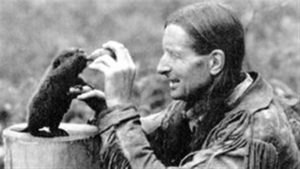
In 1925, Archie met nineteen year old Gertrude Bernard (who is better known as Anahareo) who became a major influence within his life. They had a passionate relationship and were joined together in an Anishinaabe wedding ceremony. Anahareo (1906-1986) was one of these people who were really ahead of their time. Whilst today in the civilised world we respect animals and respect their rights to exist peacefully, this was not the case ninety years ago and many creatures were slaughtered without thought. This woman from a Mohawk Canadian background began to change Archie’s thoughts about the wildlife that surrounded them.
He began to think deeply about conservation and soon ceased trapping all together as Anahareo had illustrated the suffering that creatures caught in traps had to endure. She also encouraged him to start writing. Anahareo and Archie had a deep interest in beavers and they both raised a pair of beaver kits. Previously to this, Archie’s only contact with the beaver population was to set traps for them so that he might sell their pelts.
His first article appeared in the English magazine Country Life (under his birth name A S Belaney). He also published a number of articles under his Indian name of Grey Owl. In 1928, the National Park Service even made a film with Archie and Anahareo which showed them raising two beavers who had lost their mother. In the period between 1930 and 1935, Archie wrote over twenty articles for the Canadian Forest and Outdoors magazine and it was during this time that he published his first book The Men of the Last Frontier (1931). Archie and Anahareo (and their beavers) also travelled around a great deal in search of better habitats for the beavers. But it was not all sweetness and light as Archie’s past was about to catch up with him.
He told his publisher the following fantastic story.
That he was the son of a Scottish father and an Apache mother. He claimed that his father had been a scout during the 1870 Indian Wars. He said that his mother and father had in later years been part of the Wild Bill Hickok’s Western Show which had toured England. And that he had been born in Hermosillo in New Mexico in 1888 when the show had visited the state.
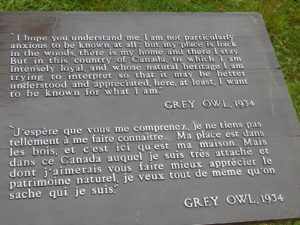 Archie’s downfall however was not because of his deception, but because of his alcohol intake. He returned from the First World War with a drink problem (which was not surprising if one thinks of the carnage witnessed).
Archie’s downfall however was not because of his deception, but because of his alcohol intake. He returned from the First World War with a drink problem (which was not surprising if one thinks of the carnage witnessed).
In 1936, Anahareo left him taking their daughter Shirley Dawn (1932-1984) with her. Later that year the charismatic Archie/Grey Owl married a French Canadian woman named Yvonne Perrier. This was to be his last relationship. Archie’s fame grew with his books and articles and in the period between 1935 and 1937 he toured both Canada and Britain.
It was during one of his tours that he visited Hastings where he, even though he was dressed in traditional Ojibwa clothing, was recognised by his aunts (although they did not say anything at the time).
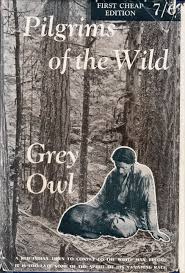
One of his books, Pilgrims in the Wild (1935) was selling very well (5000 copies per month). Remember you belong to Nature, not it to you was a favourite saying of Archie’s and he even met the King and Queen in 1937. But this was the beginning of the end for Archie for as well as his serious problems with alcohol, he was very concerned about being exposed as a fraud. One journalist, an Ed Bunyan of the North Bay Nugget had done his research and knew that Grey Owl was indeed a fake. But he chose not to run the story.
However, Archie’s health was giving serious cause for concern. The hectic schedules of his tours as well as his excessive alcohol consumption had taken their toll.
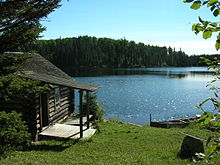
https://en.wikipedia.org/wiki/User:Fremte
In the April of 1938 Archie returned to his cabin (Beaver Lodge) on the Ajawaan Lake and it was there that he collapsed and was found unconscious on the floor. He was taken to a Prince Albert hospital but died there of pneumonia on the 13th of April 1938.
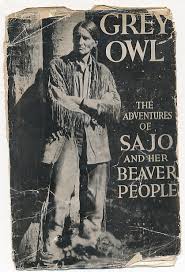 Archie/Grey Owl was only forty nine years old. His exposure was almost instantaneous and the first story was run on the day of his death. The Times picked up on the story and soon his publisher had to admit that his friend had lied to him. The consequences were rather dramatic as publishers ceased the publication of books by Grey Owl. Some were even withdrawn. There was also a decrease in donations to the conservation causes that Archie/Grey Owl had been involved with. And this is what makes my scrapbook so haunting for it timelines the period between the reports of the death of Grey Owl and the subsequent exposure of his fraudulent identity.
Archie/Grey Owl was only forty nine years old. His exposure was almost instantaneous and the first story was run on the day of his death. The Times picked up on the story and soon his publisher had to admit that his friend had lied to him. The consequences were rather dramatic as publishers ceased the publication of books by Grey Owl. Some were even withdrawn. There was also a decrease in donations to the conservation causes that Archie/Grey Owl had been involved with. And this is what makes my scrapbook so haunting for it timelines the period between the reports of the death of Grey Owl and the subsequent exposure of his fraudulent identity.
The banners ranged from Grey Owl Lover of Wild, Dead to Grey Owl Proved an Imposter: Mother Lives in England. It was found that his mother (Kittie) was still alive and living in Devonshire. The loss of his toe was the final clue that confirmed that Grey Owl was indeed Archibald Stansfeld Belaney from Hastings in England. It appears that Anahareo was genuinely surprised by Archie’s deception, although I personally doubt this as she was the woman who triggered his renaissance. To be that close to someone and not to have doubts is improbable.
On the last page of my scrapbook there is an account and a very haunting photograph of Archie/Grey Owl’s last journey. I will quote the opening to give you a flavour of the occasion:
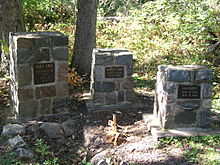 Over 214 miles of fast melting ice and snow, on the route north of Prince Albert, two teamsters have conveyed the body of Grey Owl to its last resting place on the shore of Lake Alawaan between high fir trees.
Over 214 miles of fast melting ice and snow, on the route north of Prince Albert, two teamsters have conveyed the body of Grey Owl to its last resting place on the shore of Lake Alawaan between high fir trees.
And here Archie/Grey Owl rests to this day next to both Anahareo and Shirley Dawn.
Whilst writing this article I wondered what prompted Richard Attenborough to make the movie about Grey Owl in 1999. I found out that Richard and his brother David actually attended a lecture given by Grey Owl in Leicester in the 1930s. To me that was as good a reason as any to make a film about this enigmatic man. I have not seen this movie but have been told that it is a fine account of Archie/Grey Owl’s life.
At present I am on the lookout for the DVD.
As I noted earlier, I came across the scrapbook totally by accident. I also came across a copy of Archie’s book Pilgrims of the Wild. It gives a fine account of his work with Anahareo during the period they were together.
I am not aware if I have exhausted the arcade’s supply of Grey Owl memorabilia and Grey Owl books. But if I have I apologise. However, the books are pretty easy to find although you might be hard pressed to find such an interesting scrapbook.
Happy Hunting.
Stuart Miller-Osborne
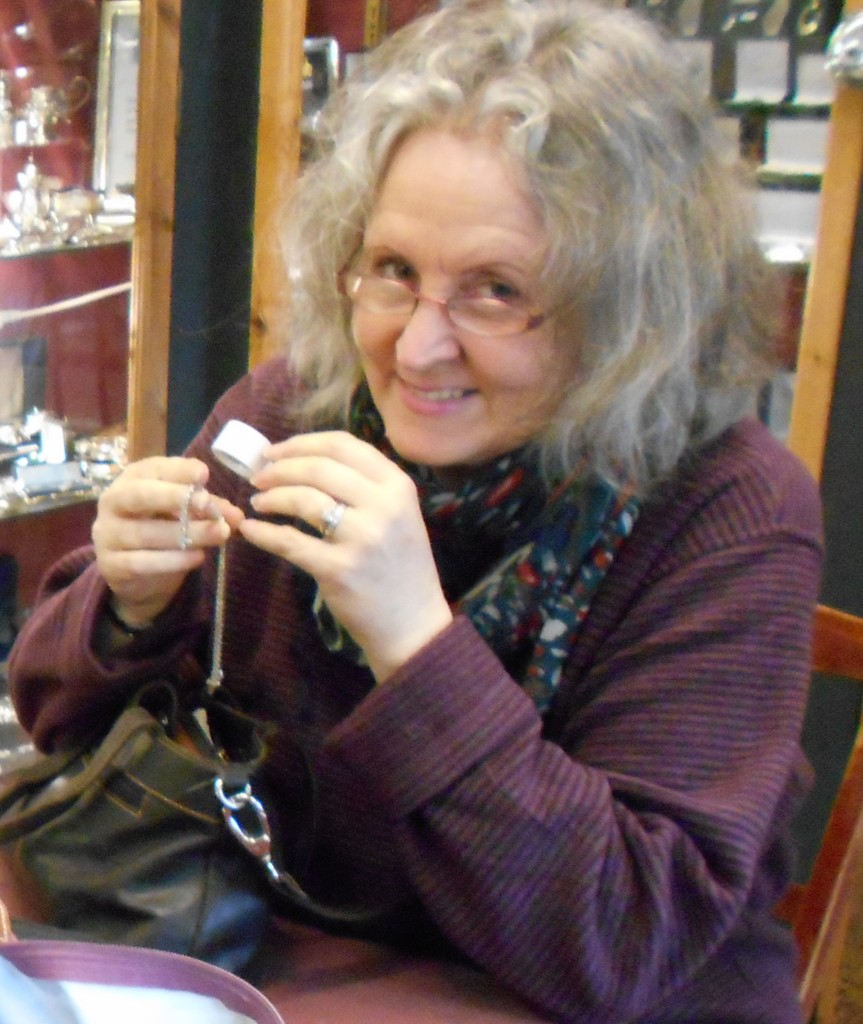 This was a huge success with our very own expert, Frances Jones doing the valuations. There was antique jewellery bequeathed to people who just wanted to know the age and to find out anything they could about the pieces. Some beautiful items were brought in and some were quite rare.
This was a huge success with our very own expert, Frances Jones doing the valuations. There was antique jewellery bequeathed to people who just wanted to know the age and to find out anything they could about the pieces. Some beautiful items were brought in and some were quite rare.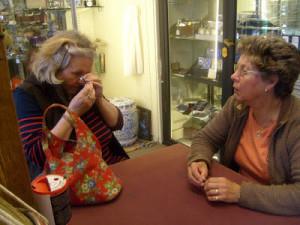 Needless to say, everyone left the Arcade very happy indeed and donations were made to our supporting charities. Everyone a winner!
Needless to say, everyone left the Arcade very happy indeed and donations were made to our supporting charities. Everyone a winner!
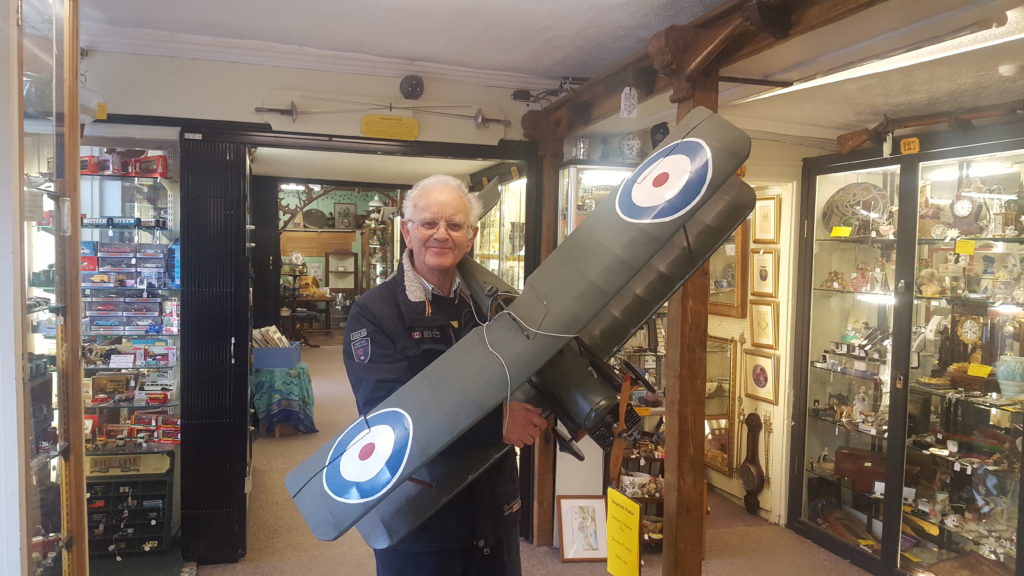
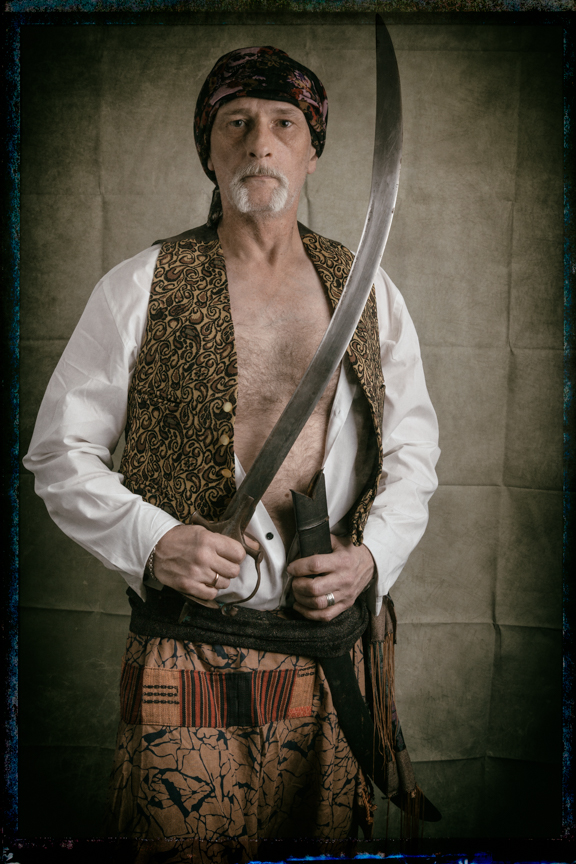
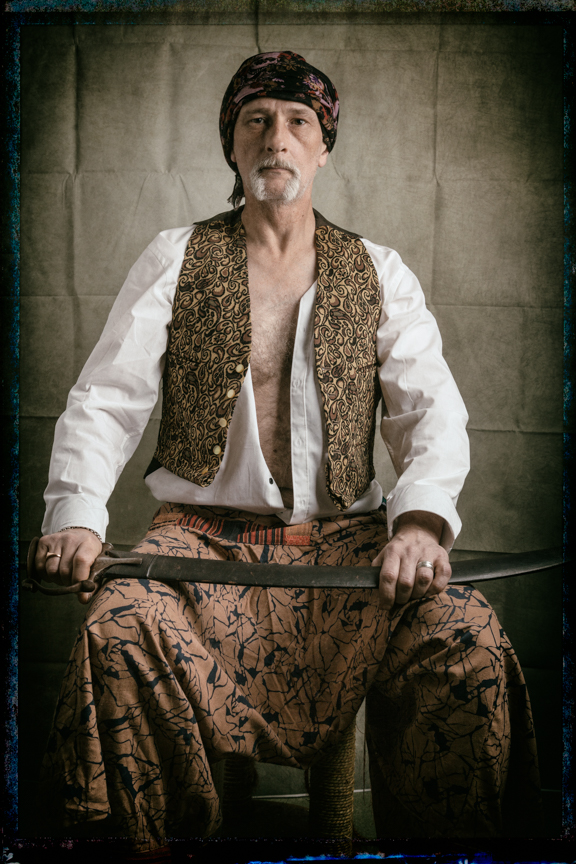
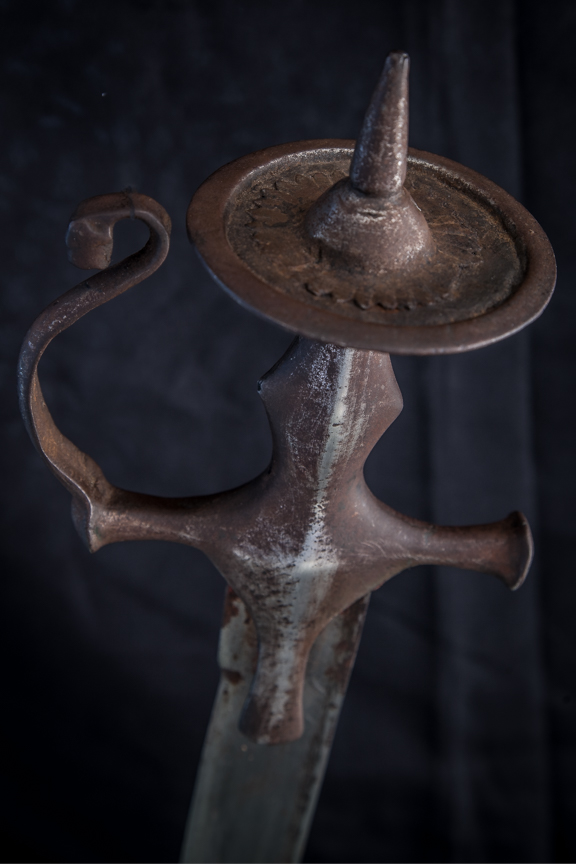
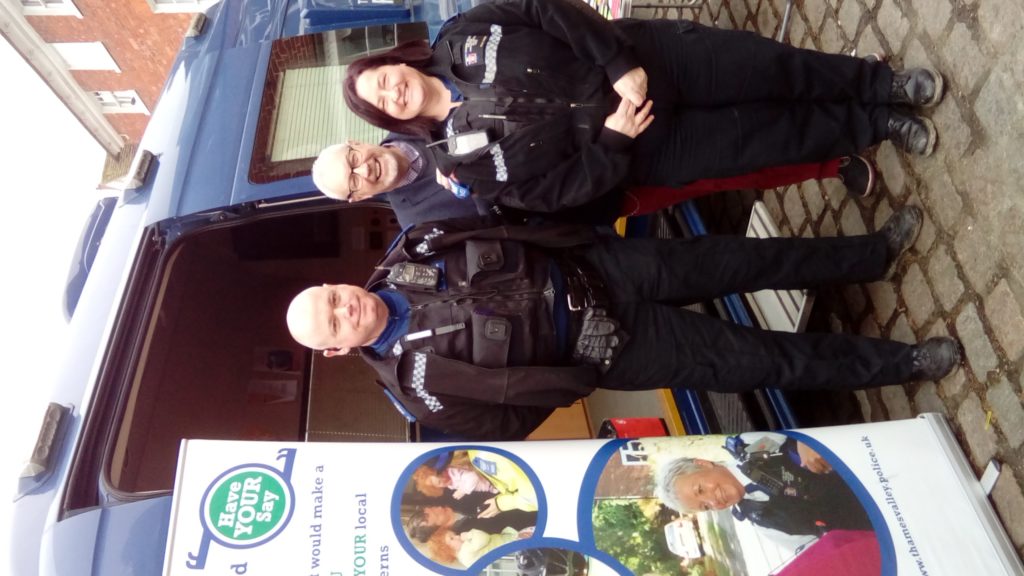

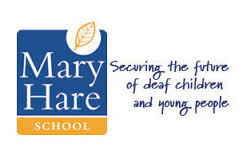 Hungerford Arcade are very proud to be a sponsor of Mary Hare School for Deaf Children and Young Adults (you can find them on our ‘Friends & Links’ page under ‘Our Charities’).
Hungerford Arcade are very proud to be a sponsor of Mary Hare School for Deaf Children and Young Adults (you can find them on our ‘Friends & Links’ page under ‘Our Charities’).

 Thank you Jo, it was a great pleasure to see you again and thank you also for your patience waiting 3 hours for everything to be packed. Rita
Thank you Jo, it was a great pleasure to see you again and thank you also for your patience waiting 3 hours for everything to be packed. Rita
 I can remember the movie Soldier Blue (1970) which dealt with the 1864 Sand Creek massacre as well as Dee Brown’s magnificent book Bury my Heart at Wounded Knee which was also published in 1970.
I can remember the movie Soldier Blue (1970) which dealt with the 1864 Sand Creek massacre as well as Dee Brown’s magnificent book Bury my Heart at Wounded Knee which was also published in 1970. 
 Archie’s downfall however was not because of his deception, but because of his alcohol intake.
Archie’s downfall however was not because of his deception, but because of his alcohol intake. 

 Archie/Grey Owl was only forty nine years old.
Archie/Grey Owl was only forty nine years old.  Over 214 miles of fast melting ice and snow, on the route north of Prince Albert, two teamsters have conveyed the body of Grey Owl to its last resting place on the shore of Lake Alawaan between high fir trees.
Over 214 miles of fast melting ice and snow, on the route north of Prince Albert, two teamsters have conveyed the body of Grey Owl to its last resting place on the shore of Lake Alawaan between high fir trees. 








